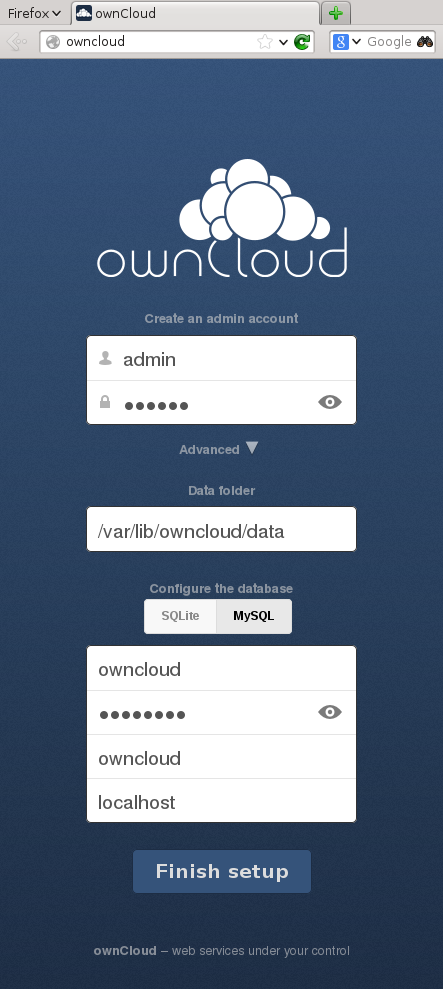

Tutorial copied from the official VPS installation Step 1: Installing dependencies Want to read your RSS outside of your home network? Jump to Exposing Stringer for web access
#Self hosted rss password
That's it for the Docker install, just create your password and you can get to importing your RSS feeds! docker-compose up -dĪfter a few seconds, you can navigate to and you should see something that looks like the following! To do this, just execute the following command. This will be everything that you need to sping Stringer up, just make sure to configure YOUR_SECRET_TOKEN and POSTGRES_PASSWORD to something that isn't the default value! Once done, you can exit the docker-compose.yml file. DATABASE_URL=postgres://db_user: :5432/stringer POSTGRES_PASSWORD=super_secret_password Once we're in the nano context, we can paste in the following code. We can do this by running the following command. Now, we just need to create the docker-compose.yml file. Now, just cd into the folder, you have just created. I'm going to create a folder named stringer cd

To keep things tidy, I like to put them into a folder. To get Stringer running, we just need to create a docker-compose.yml file on our server. Sudo chmod +x /usr/local/bin/docker-compose Step 3: Spinning up Stringer sudo curl -L "$(uname -s)-$(uname -m)" -o /usr/local/bin/docker-compose This can be done by running the following commands. If this sounds good to you, you can simply run the provided command, substituting your-user for your server user. This means that whenever you are executing the Docker command, you'll no longer need to type in your sudo password.
#Self hosted rss how to
You may also notice that there is a console message specifying how to use Docker as a non-root user.

#Self hosted rss install
Docker convenience script install outputĪs you can see in the output, the command was executed successfully. You should see an output like the following. Once you have executed the Docker install script. Sudo sh get-docker.sh Installing Docker using the convenience script It's highly recommended to always check what you're going to execute, before executing it. The following script is a convenience script provided by the Docker team. To install Docker on your instance, you need to run the following command.
#Self hosted rss update
You should see an output like the following Console output for running the update and upgrade commands Step 2: Installing Docker on your server sudo apt-get update & sudo apt-get upgrade Run the following commands to pull down the latest updates from our distro repositories. The first step is to just make sure our server is up to date. If not, you may have to adjust the commands below to suit your distro. Stringer on Bare Metal Setting up Stringer in Docker Step 1: Updating your server to the latest versionĪll of the following instructions are based on the Debian distro, so if you're running a server with Ubuntu, these instructions will be perfect for you. You could also use something like Digital Ocean to run your Docker server, Using the following link will give you $100 worth of credits for 60 days to play around with, just sign up using this link. I use a Proxmox instance running on a server in my loft. You'll need to either purchase something like a Raspberry Pi with Ubuntu Server installed or use an existing server at your disposal. You can choose your own adventure by selecting one of the links below! I'm going to talk through how to set up Stringer on either bare metal or Docker. I keep coming back to Stringer, and I think it deserves some more love. I have dabbled with TinyTinyRSS and FreshRSS.īut for me, the UI isn't that great. I also want an RSS reader that is pleasant to use. I don't want to see any adverts, any fancy recommendations or have a subscription fee. If you're like me, I just want to consume my RSS.


 0 kommentar(er)
0 kommentar(er)
